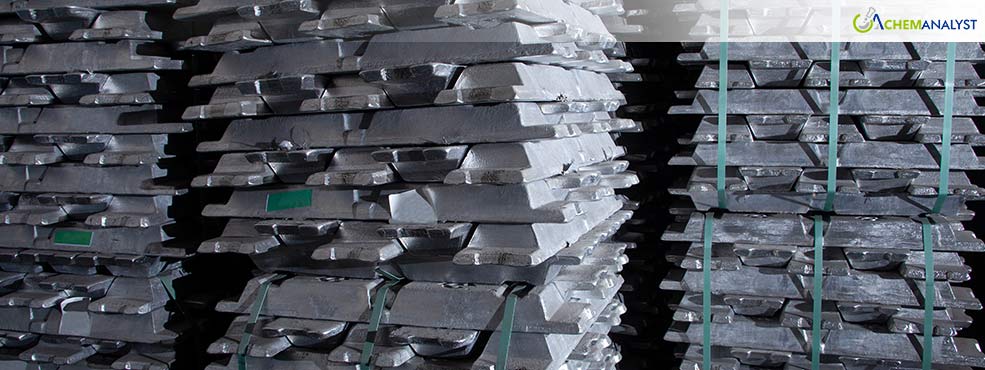Zinc Ingot Prices in Asia Set to Remain Volatile Amid Lunar New Year and Trade Uncertainty
- 21-Jan-2025 5:15 PM
- Journalist: Alexander Pushkin
Zinc Ingot prices showed mixed trends across Asia. In China, prices fell, while in South Korea and Japan, they rose. Labor shortages and declining inventories drove Japan's price increase. In South Korea, higher exports from downstream industries pushed prices up. Meanwhile, in China, the Lunar New Year led to lower demand for Zinc Ingots from downstream industries.
Zinc Ingot prices in China declined by 2% in mid-January. While December saw relatively stable production from major smelters, with some even increasing output, supply-side disruptions emerged in January. Production at some northern smelters was impacted by operational issues. However, total Zinc Ingot inventory increased by 800 mt to reach 58,800 mt, with a slight rise in domestic inventories. Furthermore, approaching the Chinese New Year, transportation disruptions have limited Zinc Ingot shipments, resulting in lower-than-expected warehouse arrivals and limited inventory buildup.
Downstream demand for Zinc Ingot has weakened significantly, leading to a decline in trading activity. Traders are offering significant discounts to clear inventory before the Lunar year-end. January has seen a sharp drop in consumption, particularly in the galvanized pipe sector, as end-users have halted operations for the holiday season. With the Chinese New Year approaching, transportation has slowed, and many galvanized pipe traders have already ceased operations. Despite a relatively tight supply situation, weak downstream demand remains the dominant factor in the market.
Despite a recent decline in zinc prices, many enterprises have secured locked-in prices for Zinc Ingots with deliveries scheduled after the holiday season. As the holiday period extends into mid-February, zinc premiums in China are anticipated to further decrease.
Zinc Ingot prices in Japan increased by 1.2% during this period, primarily due to shrinking inventories and supply chain disruptions. LME Zinc Ingot stocks have dropped to their lowest level since February 2024. Furthermore, labor shortages have driven up operational expenses, affecting factory operations, equipment maintenance, and repair schedules. These challenges could further result in production delays and elevated costs.
In the mid-January, the cost of Zinc Ingot in South Korea saw an uptick of 1.2%. This rise was driven by increased demand for hot-dipped galvanized sheets, particularly for exports to the USA. This surge in demand occurred just before President-elect Trump's inauguration, which could potentially see the implementation of new tariffs on imported materials, aligning with protectionist trade policies.
Zinc Ingot prices in Asia are expected to remain volatile. In China and South Korea, prices may decline due to weak downstream demand and inventory buildup amid Lunar New Year disruptions.



